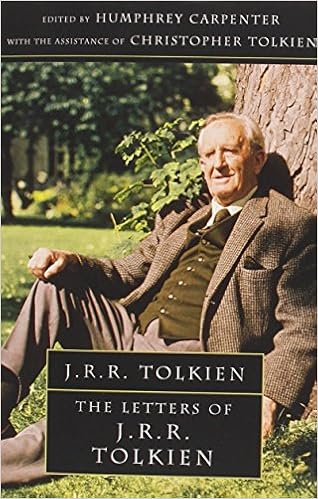Today I gave my final lecture of Greek and Roman Mythology, ‘Myth Today’. I spent a lot of it talking about the use of classical mythology in popular culture — Wonder Woman, Star Trek, Eric Shanowar’s Age of Bronze, the work of Neil Gaiman — and how harnessing a mythological framework enables one to tell a story with wide consequences that broaden the audience’s vision and challenge their assumptions, much as science fiction and fantasy do.
Indeed, this is one of the reasons we keep going back to classical mythology, whether it’s the retelling and reshaping them for our own era (Hercules: The Legendary Journeys or Assassin’s Creed: Odyssey) or drawing inspiration from them (possibly Battlestar Galactica, T S Eliot, The Wasteland).
Towards the end of the lecture, I moved into different territory about why the classical myths continue to draw us in — myths are bigger than true, to quote my friend Emily. To quote Northrop Frye (whom I badly paraphrased in class):
my general critical position … revolves around the identity of myth, along with those of folk tale, legend, and related genres, continue to form the structures of literature.
….
every human society possesses a mythology which is inherited, transmitted, and diversified by literature. –Words with Power, xii, xiii
Classical mythology, to an anglophone who grew up reading literature and watching TV and film and reading comic books that are part of an artistic heritage that constantly negotiates that past, is, along with the Bible, the basic grammar of story in the West.
Frye, of course, is pushing us farther than this, pushing us up into the transcendent.
This is certainly where Joseph Campbell wants us to go with The Hero with a Thousand Faces and The Power of Myth. Certain classical myths, as noted by C S Lewis in An Experiment in Criticism, hold a power beyond the poetry that clothes them — stories like Orpheus and Eurydice. These stories are the kind that people like Campbell see recurring throughout world cultures…
According to Frye, then, all literature is mythological — so all language is, perhaps, mystical? Owen Barfield (so I’m told) lays out the argument in Poetic Diction that in the poetic mode words come laden with meaning, more than just the simple diction of that given moment but all of their meanings. This is polysemy. The polysemous nature of poetic language drives us to symbol, turning words — mere utterations of vocal noise or squiggles on a page — into windows into other worlds. (Thus Coleridge, whom both Frye and Barfield read.)
And so in poetry, and in mythology, we find ourselves drawn further up and further in to something different and bigger than a simple materialistic world where A always = A, but can also = alpha or even be transmuted into something completely different.
Is this, therefore, a means by which the very act of storytelling, or the labour of versification, is itself a means of communicating with the numinous?
The numinous is where I find myself at the end of my myth course. What did the Greeks and Romans get out of their common stock of stories, from Homer through Ovid to Nonnus of Panopolis and Fulgentius the Mythographer? What is it that is intrinsic to these stories that drives us to them again and again, compelling us to read them? Is it because they give us a brush with Something Bigger?
I had two minutes, so these were things that were left unsaid. But I do still want to push these boundaries.




